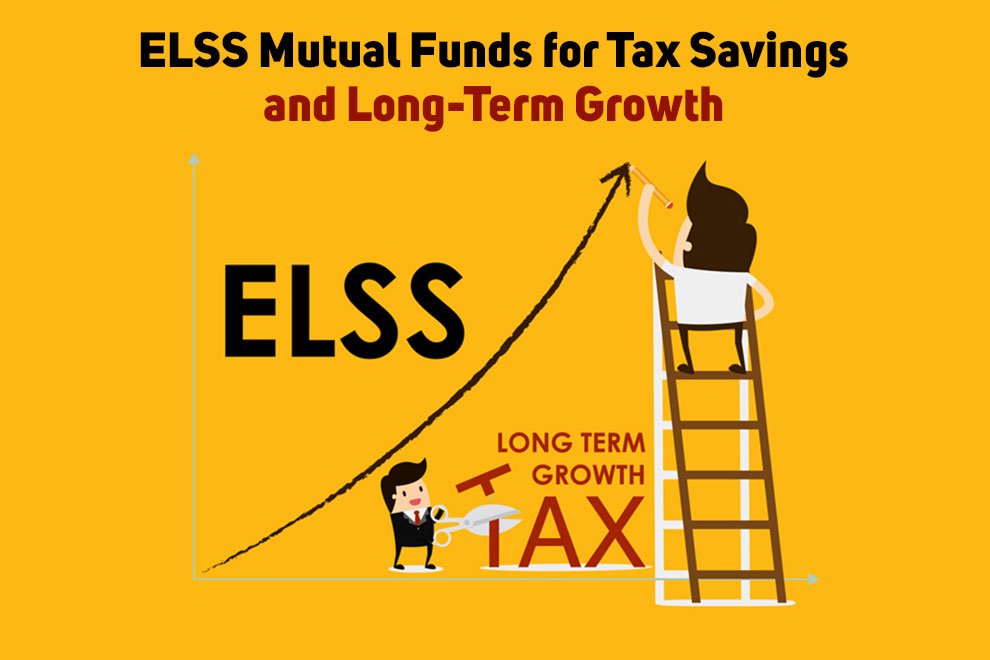On average, how much time do you spend in your home or office? We mostly spend our time in these spaces; unfortunately, they aren’t designed for healthy living. At home, you mostly sit. This sedentary lifestyle is continuously hitting new highs with the convenience of shopping from the comfort of your couch and completing many tasks with the remote, including closing the curtains, turning the lights on/off, and so on. At the office, the trend continues, especially since you don’t have to stand to talk with colleagues. You chat on your mobile devices.
Technologies, including mobile phones, smart home systems, and elevators, among others, offer notable benefits. However, the conveniences come at a cost, mainly periling our overall health. That’s the reason wellness lifestyle real estate continues to gain popularity. This trend addresses today’s health challenges emanating from building and using properties. The natural approach to real estate and healthy living touches on aspects including:
Property Location
Location can’t be emphasized enough in real estate. In wellness homes, location importance holds. This mainly focuses on developing homes far from usual pollutants. Homes near busy roads, factories, and airports, among other busy settings, expose residents to many health dangers. The poor air quality, noise, and water pollution have dire consequences. It is among the factors that respiratory concerns are common in urban settings. In wellness homes, the properties are developed far enough from such elements and focus on improving infrastructure like road networks and other amenities to make them accessible. Unlike living close to heavily polluted environments, this approach makes homes more of a healthy sanctuary.
Property Construction
Modern consumers are more environmentally cautious. That is why we’re turning to eco-friendly and sustainable construction materials. What most don’t account for is that these sustainable materials also offer notable health benefits. This is compared to many traditional toxic building materials, which endanger our health. Eco-friendly designs and reliance on organic/natural materials are sustainable and promote healthy living, aspects that continue to redefine real estate.
Physical Health
Over the years, real estate shifted to promote reliance on automobiles. While convenient and saves time, this trend doesn’t do much for our health. Today, the trend is shifting to promote walkable and cyclable spaces. This means creating more usable space for people to walk/cycle to work, school, or activities like grocery shopping. Besides promoting better physical health, such real estate plans can help lower carbon footprint from reduced reliance on vehicles and other modes of transport that require energy sources. The demand for walkable/cyclable real estate continues to rise daily, contributing to healthy living and boosting the shift to sustainable real estate.
Affordable Real Estate
Economic considerations can’t be discounted when considering the impacts of real estate on our health. In this regard, the real estate shift to affordable construction materials is seen as a viable solution. This is to make homes more affordable for individuals at different income levels. Hauzisha has a number of cheap houses for sale in Nairobi designed and built with sustainable materials. The properties feature innovative amenities designed to improve quality of life. Affordable homes with quality features help facilitate healthy living, especially on a societal level. This is considering the high risk of health issues like hepatitis B and C and tuberculosis, among others, prevalent among the homeless populace.
Community Living
Real estate trends supporting diversity offer better health outcomes. Social connection with neighbors, family, and friends offers emotional, spiritual, and mental benefits, promoting healthy living. The connection means residents don’t live longer but lonely lives, as with secluded development. The health benefits further improve with real estate trends designed to connect homes more to their surroundings. Nature and animals living harmoniously in less disturbed settings promote holistic, healthy living.
Wellness living real estate is quickly making its mark in the modern world. The trend is based on proactive designs that support the holistic health of the populace. This shift is gaining popularity, especially as the modern information-oriented population embraces lifestyles that promote healthy living and sustainability.
ALSO READ: The Top 5 Largest Law Firms in the United States in 2024










